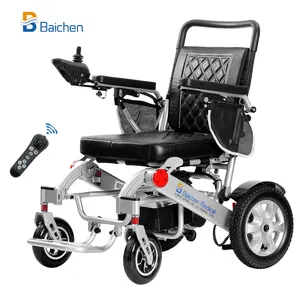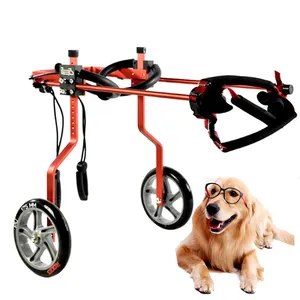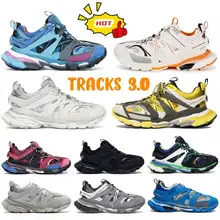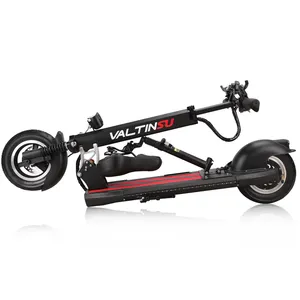Creating an inclusive environment in the workplace is not just about adhering to legal requirements; it's about fostering a culture that values every employee's contribution. By integrating mobility scooters, businesses can remove physical barriers, offering professionals with mobility impairments the autonomy to navigate office spaces efficiently. This proactive approach demonstrates a commitment to accessibility and inclusion.
Remote work options have been a significant advancement in creating disability-friendly work environments. They allow employees with mobility impairments to work in spaces already customized to their needs, enhancing comfort and reducing stress. This leads to increased productivity and a better work-life balance.
Moreover, an inclusive workplace culture is about more than just physical accommodations. It involves respecting employees' disability status without drawing unnecessary attention to it and educating team members about disability issues. This education can lead to a more empathetic workplace, where employees are aware of the language and actions that contribute to a supportive environment.
Ultimately, the goal is to establish a workplace where all employees, regardless of physical ability, feel valued and supported. This can be achieved by implementing inclusive hiring practices, ensuring representation in leadership, and fostering a culture that challenges ableism and prioritizes accessibility. Such an environment not only benefits employees with disabilities but also enriches the entire organization.
















































 浙公网安备 33010002000092号
浙公网安备 33010002000092号 浙B2-20120091-4
浙B2-20120091-4